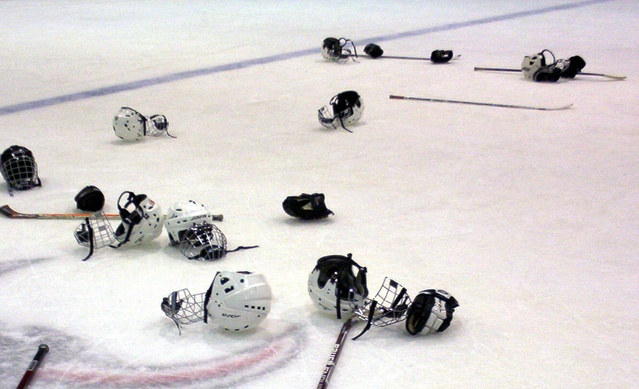
Ice Arenas: Indoor Air Quality
[fa icon="calendar'] Aug 18, 2015 9:10:33 AM / by Martin Barry, PhD, PE, CIH, CSP
In December 2014, 81 spectators and players suffered from carbon monoxide poisoning after attending a minor league hockey game between the Dells Ducks and the Ice Hawks. They were hospitalized and treated for a range of symptoms including dizziness, nausea, headaches, vomiting and fainting. The cause? Local fire department officials linked the leak to the rink’s ice resurfacing machine.
The importance of proper ventilation
The situation in Wisconsin is not the first time that ice resurfacing vehicles were to blame for illnesses. In 2011, a number of New Hampshire hockey players at an indoor hockey rink were showing signs of acute respiratory symptoms. These included cough, shortness of breath, and chest pain and tightness – all symptoms that are consistent with exposure to nitrogen dioxide gas (NO2). Of the 43 people exposed, 31 had symptoms consistent with NO2 exposure.
Read More [fa icon="long-arrow-right"]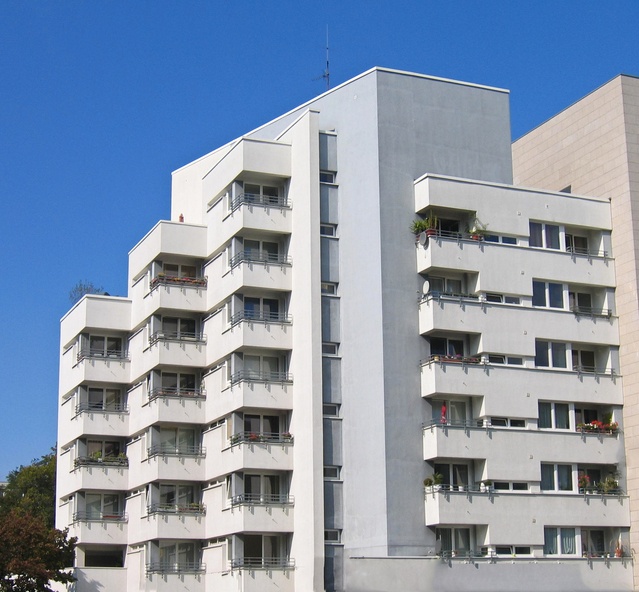
Balcony Issues: Common Structural Failures
[fa icon="calendar'] Aug 11, 2015 1:30:30 PM / by Greg Hoyt, PE
As I noted in my last blog post, and as recent news stories reveal, wood rotting and structural failures of balconies and decks can have costly consequences. The structural design and construction of decks and balconies, including their guardrails (or handrails) are critical for the safe performance of these structures and to avoid structural failure.
Signs of common balcony and deck structural failures
Of course, if you have questions concerning the structural integrity of your balcony and deck, it’s best to call a structural engineer to inspect the property and provide a professional opinion. In Boston, property owners are required to have certain facades inspected and certified within every five years. While this is not required for all properties, it is a good idea to schedule an inspection for your property’s balconies and/or decks within this time frame.
Read More [fa icon="long-arrow-right"]Algae-Harvesting Technology Turns Frack California Water Into Irrigation Water
[fa icon="calendar'] Aug 7, 2015 7:05:44 AM / by Mark McGivern, CSI, Aff. M. ASCE
On July 22nd, Engineering News-Record reported that OriginClear Inc. "has repurposed its machines to tackle flow-back water from the oil-and-gas industry."
"The technology uses a filtration system called electro water separation (EWS), which employs electrochemistry to separate the flow-back water from the oil and chemicals used in hydraulic fracturing. In the same way, EWS can treat produced water from conventional oil and gas wells"
Read more about the technology and its possible uses here: http://enr.construction.com/technology/construction_technology/2015/0722-algae-harvesting-technology-turns-frac-californian-water-into-irrigation-water.asp
Read More [fa icon="long-arrow-right"]
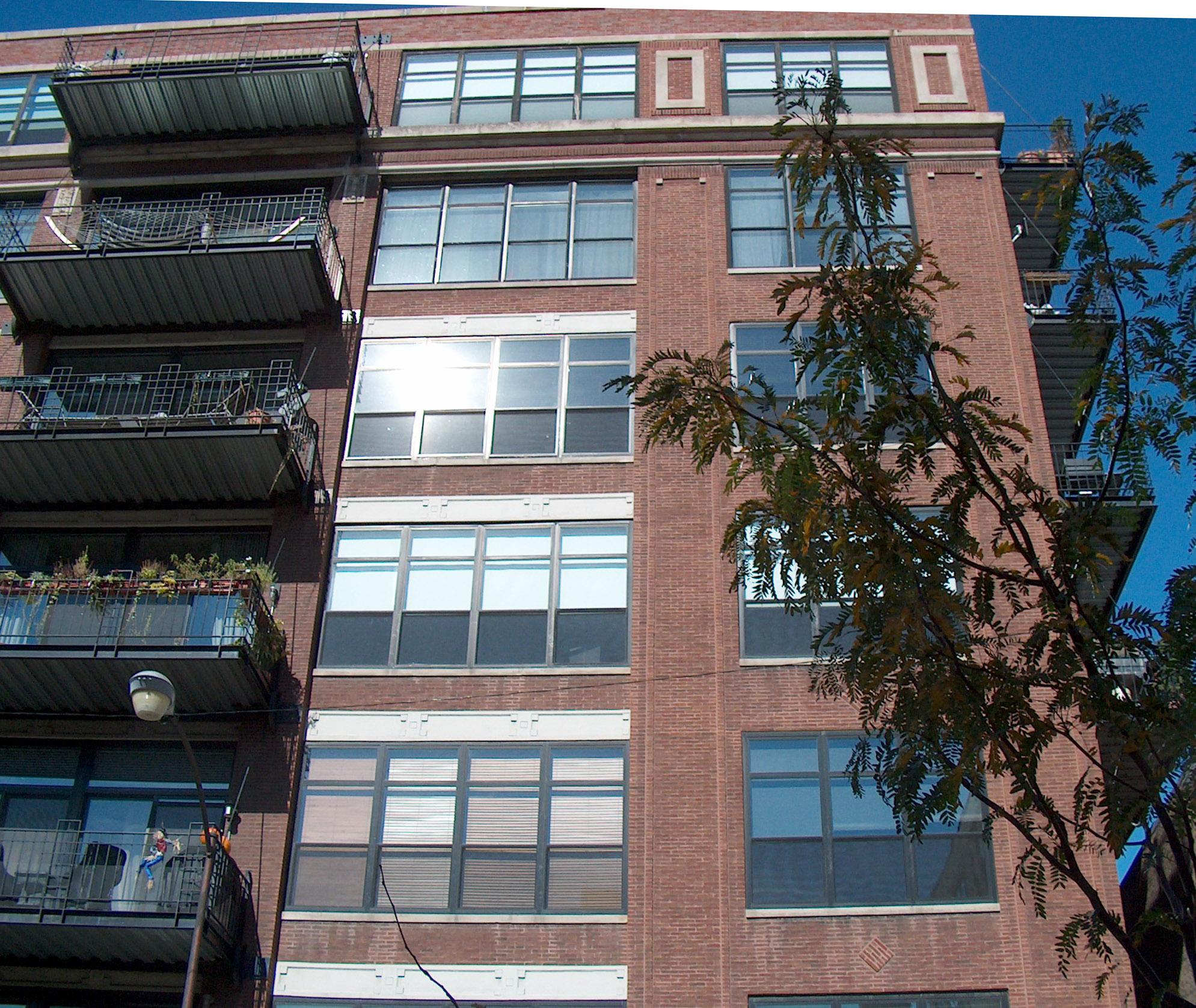
Balcony Issues: Structural Performance
[fa icon="calendar'] Jun 26, 2015 2:00:00 PM / by Greg Hoyt, PE
As recent news stories reveal, wood rotting and structural failures of balconies and decks can have costly consequences. The structural design and construction of decks and balconies, including their guardrails (or handrails) are critical for the safe performance of these structures and to avoid structural failure.
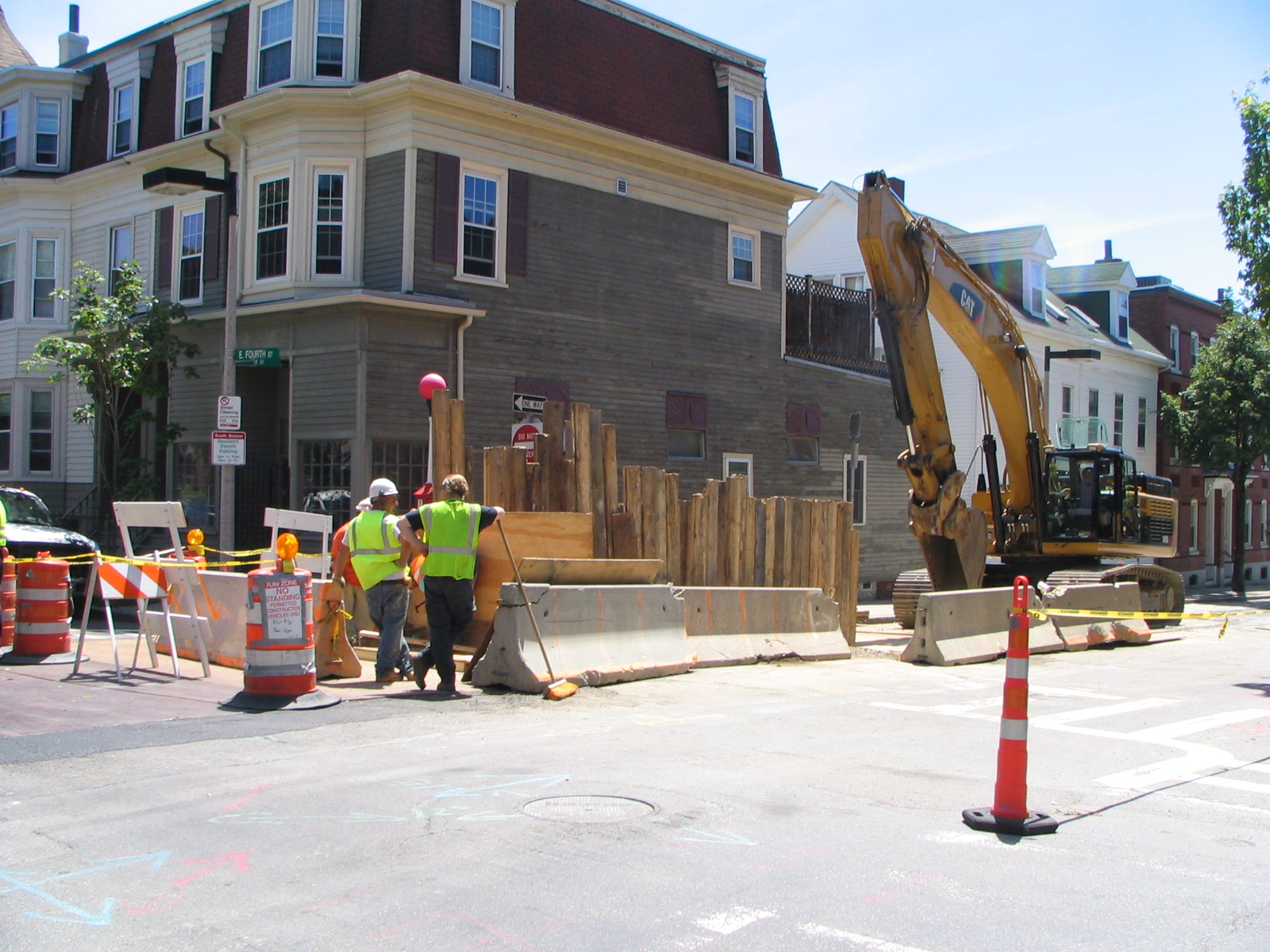
Vibration-Related Property Damage
[fa icon="calendar'] Jun 8, 2015 1:34:36 PM / by Peter A. Byrne, PE
From a contractor’s arsenal, the use of heavy construction equipment and blasting are common and efficient means of tackling various work. At some point in time it is highly likely that these types of construction activities will be employed within an area close to you.
Whether it is blasting related to mass excavation in the neighborhood, hydraulic rock breaking involved with the foundation work down the street, or the use of heavy equipment for the construction next door, the associated noise and vibration can be a nuisance at best, and often can be unsettling and possibly damaging to the area properties.
Read More [fa icon="long-arrow-right"]
The importance of industrial roof structural safety reviews
[fa icon="calendar'] May 22, 2015 6:00:00 AM / by Greg Hoyt, PE
While the media may have unnecessarily scared homeowners with the fear of house roof collapses after this year's snowstorms in New England, industrial roof failures can have costly consequences in terms of facility damage, lost production, OSHA violations, and workplace injuries. There are a number of situations that call for safety reviews of the roofs of industrial buildings.
Generally, industrial roofs should be reviewed for safety by a structural engineer every 5 years (on the conservative side), and no less than every 10 years. Providing the engineer with background documents, such as original construction drawings, weights of piping and weights of equipment can be helpful, but is not necessary.
Your structural safety review will provide you with a complete roof evaluation, including inspection of all items of distress, weakness and corrosion, and will follow with a report detailing all areas of concern and recommendations for repairs.
Read More [fa icon="long-arrow-right"]What Will You Do When Your Mission-Critical Facility Goes Down?
[fa icon="calendar'] Apr 28, 2015 10:58:19 AM / by Robert Pfeifer, AIA
Risk assessment protects your operations when mission-critical buildings go offline.
Mission-critical facilities are the buildings that contain activities, devices, services or systems that if disrupted would have a devastating impact on a business, a community or on national security. Major data centers, Chicago’s O’Hare airport, Department of Defense facilities, your local fire department, or the buildings where Federal Exchange servers reside – all of these are examples of mission-critical architecture.
But of course, mission-critical facilities do fail. From natural disasters to terrorism to an explosion at an electrical substation, there are many threats that can cause a mission-critical building to go down. And while it is theoretically possible to protect a facility 100% against all threats, it is simply too costly for most organizations to provide that level of protection.
That is where risk assessment for mission-critical facilities comes into play. By performing a comprehensive assessment of the risks to your mission-critical building – and the costs of losing it temporarily – you can better prepare for the possibility of failure and protect your organization in the event a disaster occurs.
There are five steps involved in risk assessment of mission-critical architecture:
Read More [fa icon="long-arrow-right"]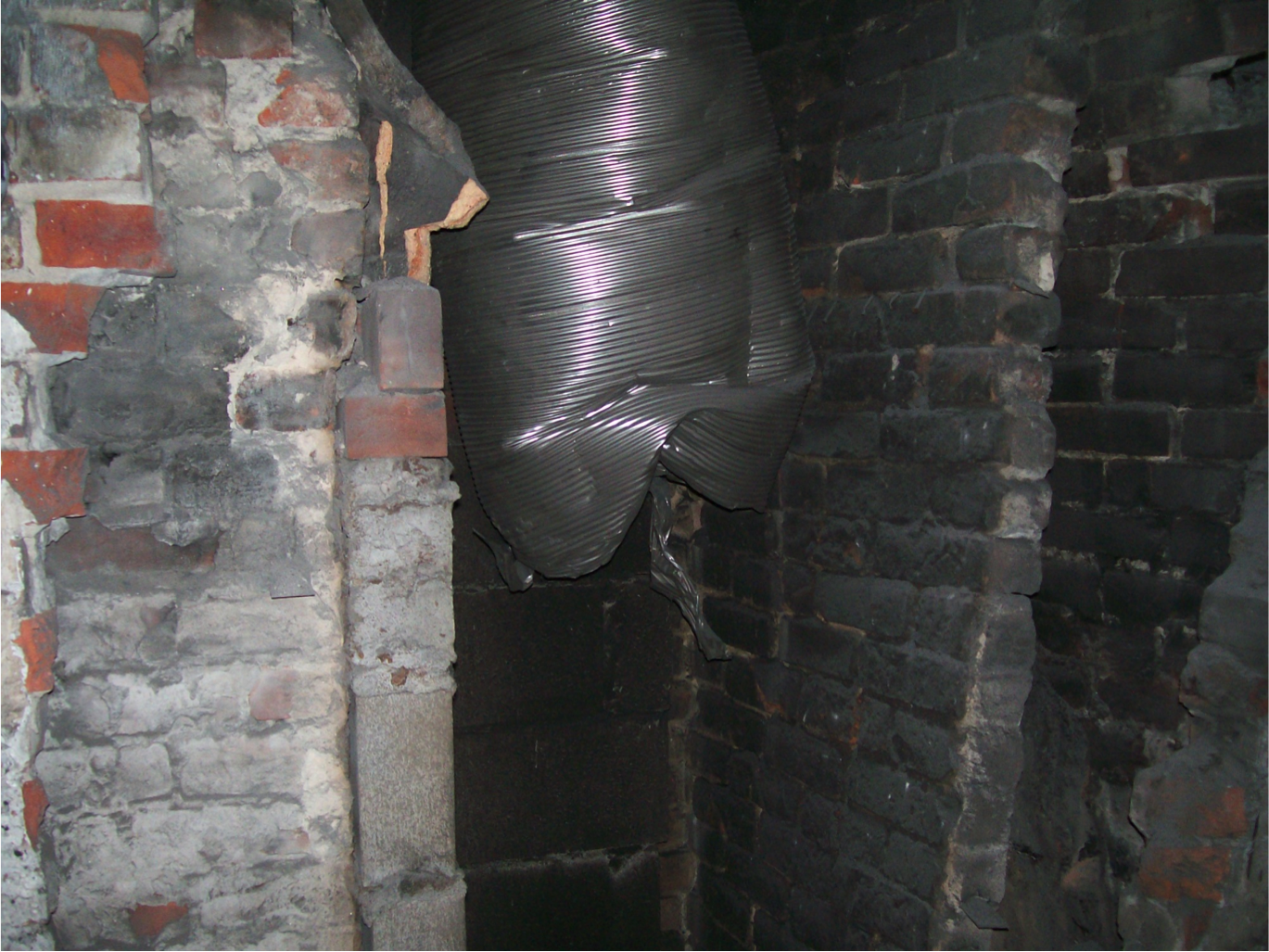
Root Cause Analysis: An Important Tool in Accident Investigation
[fa icon="calendar'] Apr 6, 2015 3:48:10 PM / by Martin J. Barry, PhD, CIH, CSP, PE
When damages occur, identifying other contributing causes may keep your client from shouldering all the blame—and the associated costs.
Once in a while, an incident occurs that is cut and dry: the cause of damages is clear and a single party is to blame. The only question left for an expert to answer is how much monetary damage was caused. But far more often, when things go wrong there are multiple parties who might be responsible, even when at first glance a single party seems to be on the hook.
Read More [fa icon="long-arrow-right"]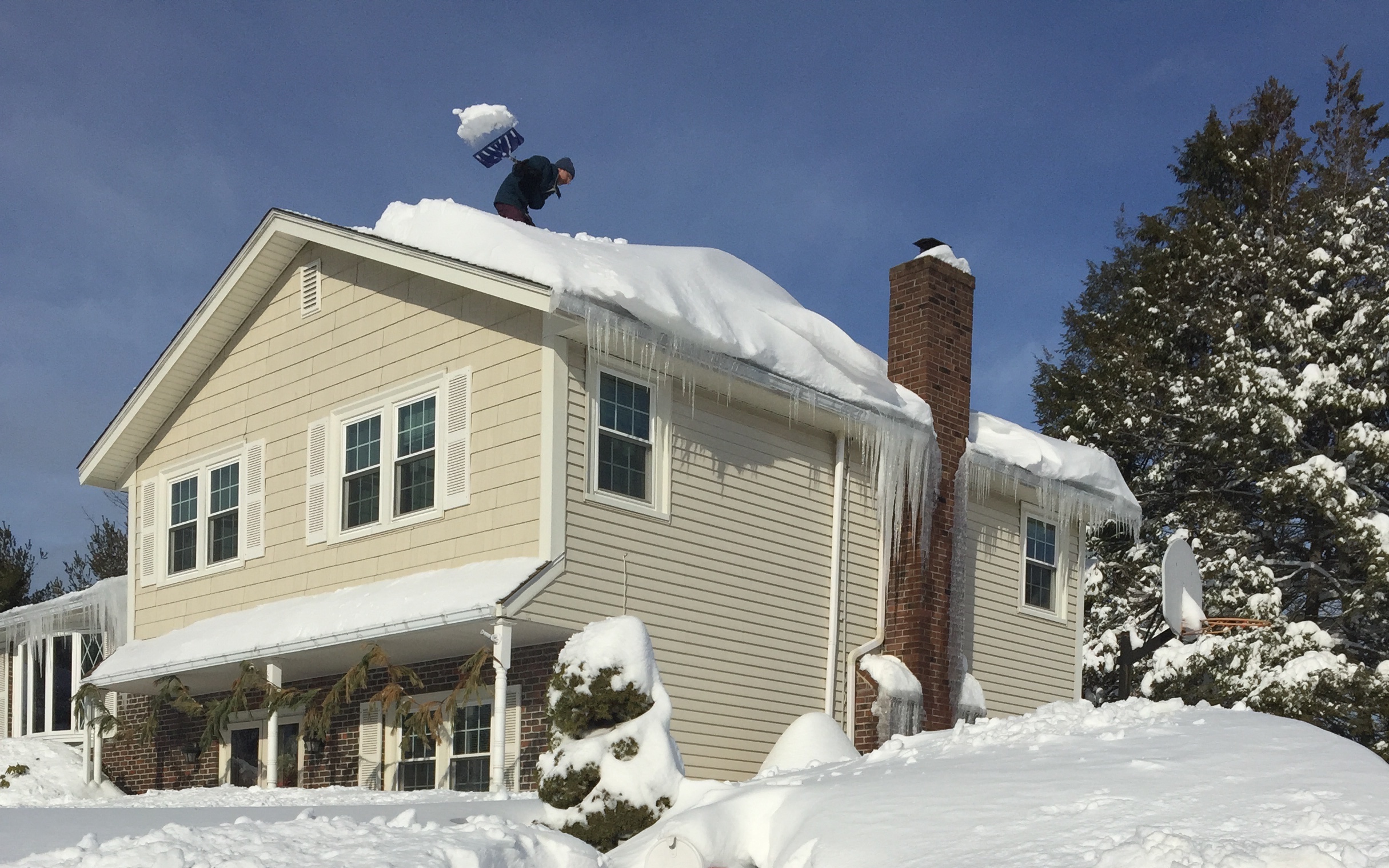
After getting this much snow, should you shovel your roof?
[fa icon="calendar'] Feb 18, 2015 5:20:00 PM / by Kenneth R Quigley, PE
Whether you own a commercial property or a single family home, the answer may offer some relief!
The winter of 2015 is one that everyone will remember for quite some time. Between record breaking snow totals, traffic tie-ups, and ice dams, everyone has a story to tell - especially the news media.
But while there are many stories being reported about roof collapses and the importance of roof shoveling, be careful to learn the facts and not shovel your roof unnecessarily. The media is known for many of their strengths - but not for their engineering capabilities.
Read More [fa icon="long-arrow-right"]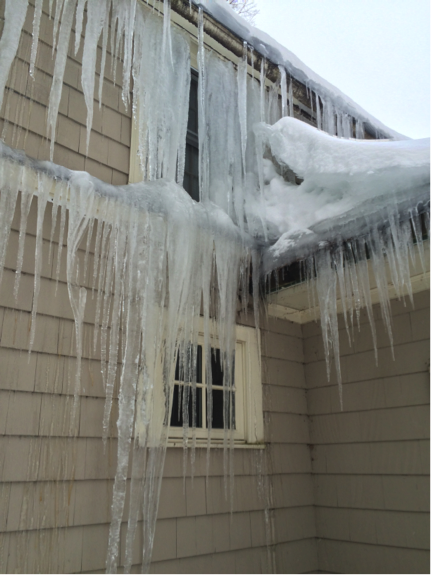
How to Cope with Cold Climate Ice Dams
[fa icon="calendar'] Feb 13, 2015 4:31:43 PM / by Clark Griffith, AIA
Another winter of excessive snow - and ice dams - is upon us
In cold, wintery climates, ice dams are just a fact of life. While some years are worse than others (depending on the amount and timing of snowfall and temperature fluctuations), this year they are back with a vengeance - particularly in the Northeast.
In new construction, proper workmanship and a variety of techniques can make it easier to prevent ice dams and their subsequent damage. But what can property owners of existing problematic buildings do - and not do - to help prevent reoccurring leaks, stains, damaged property, and the risk of mold and mildew growth?
Read More [fa icon="long-arrow-right"]
